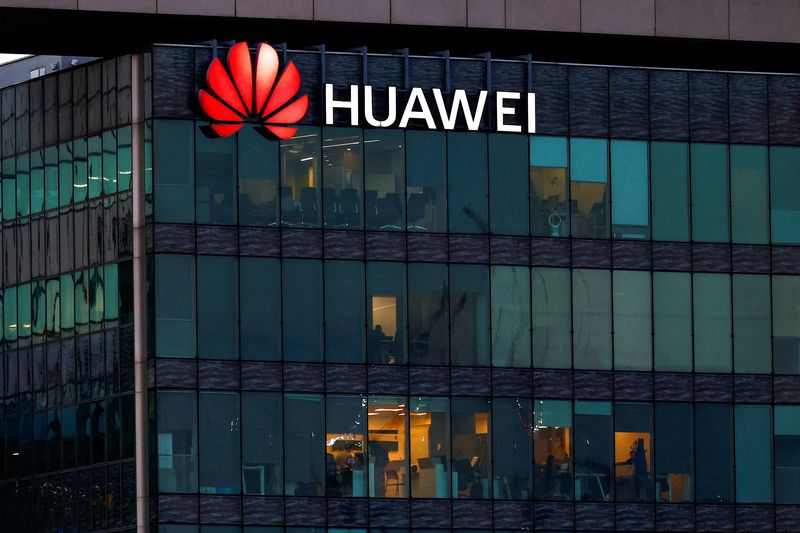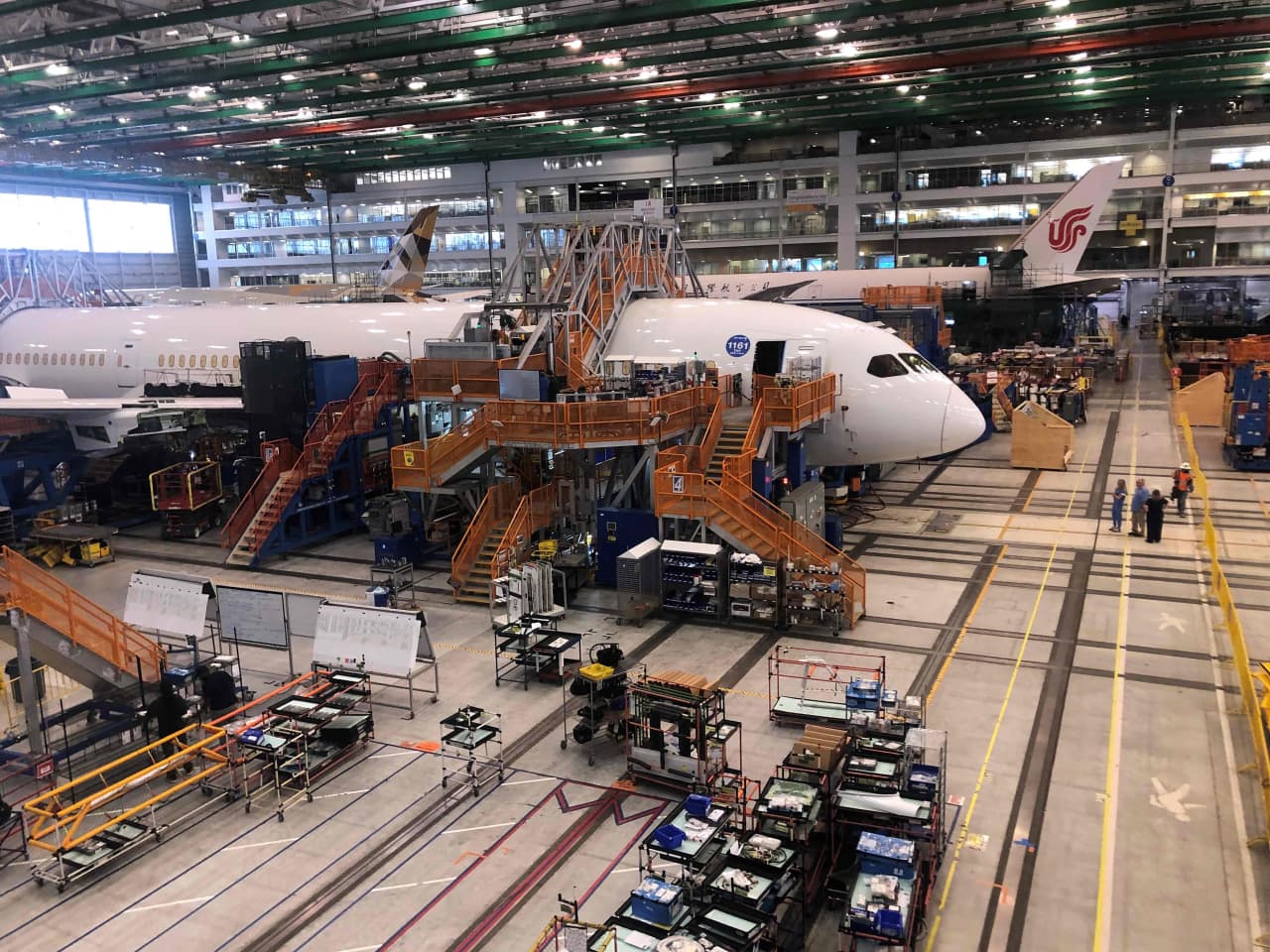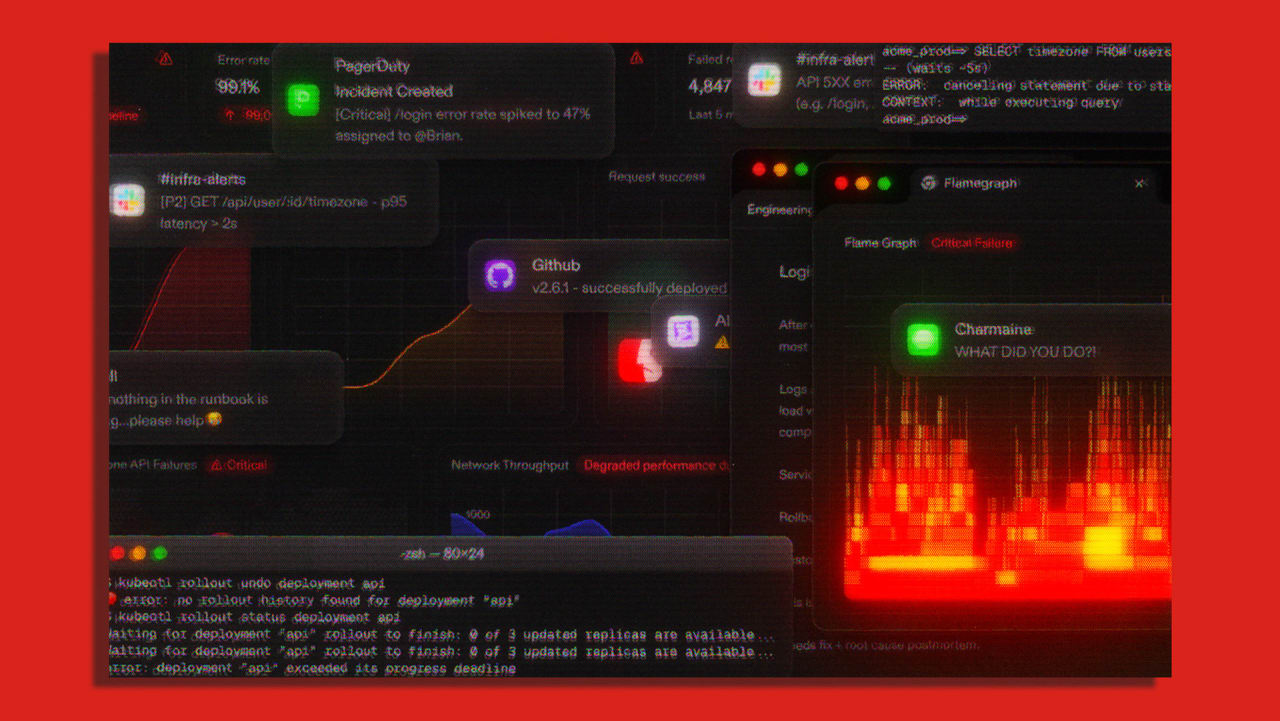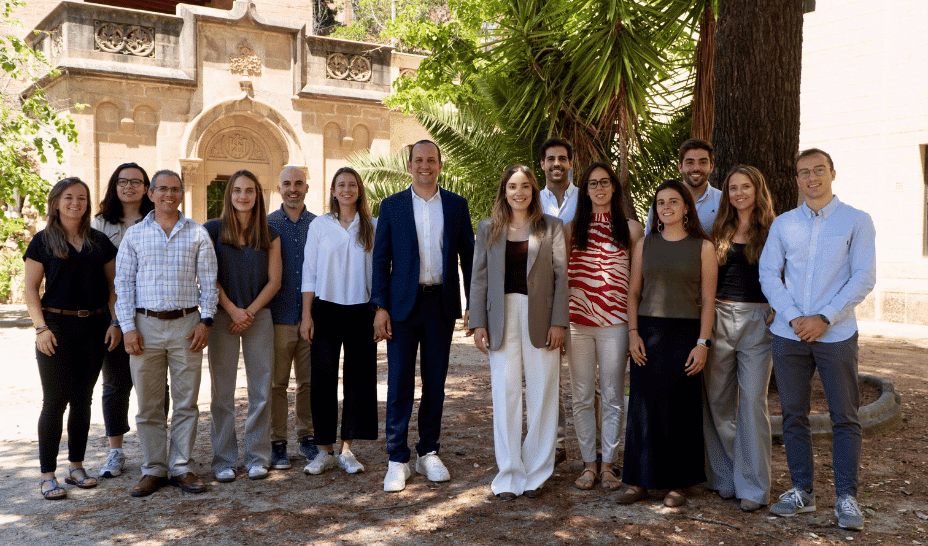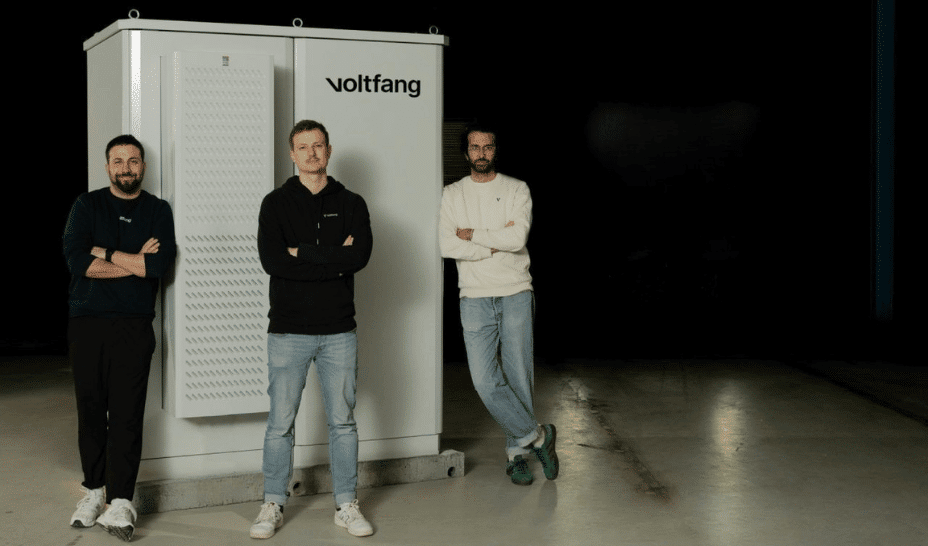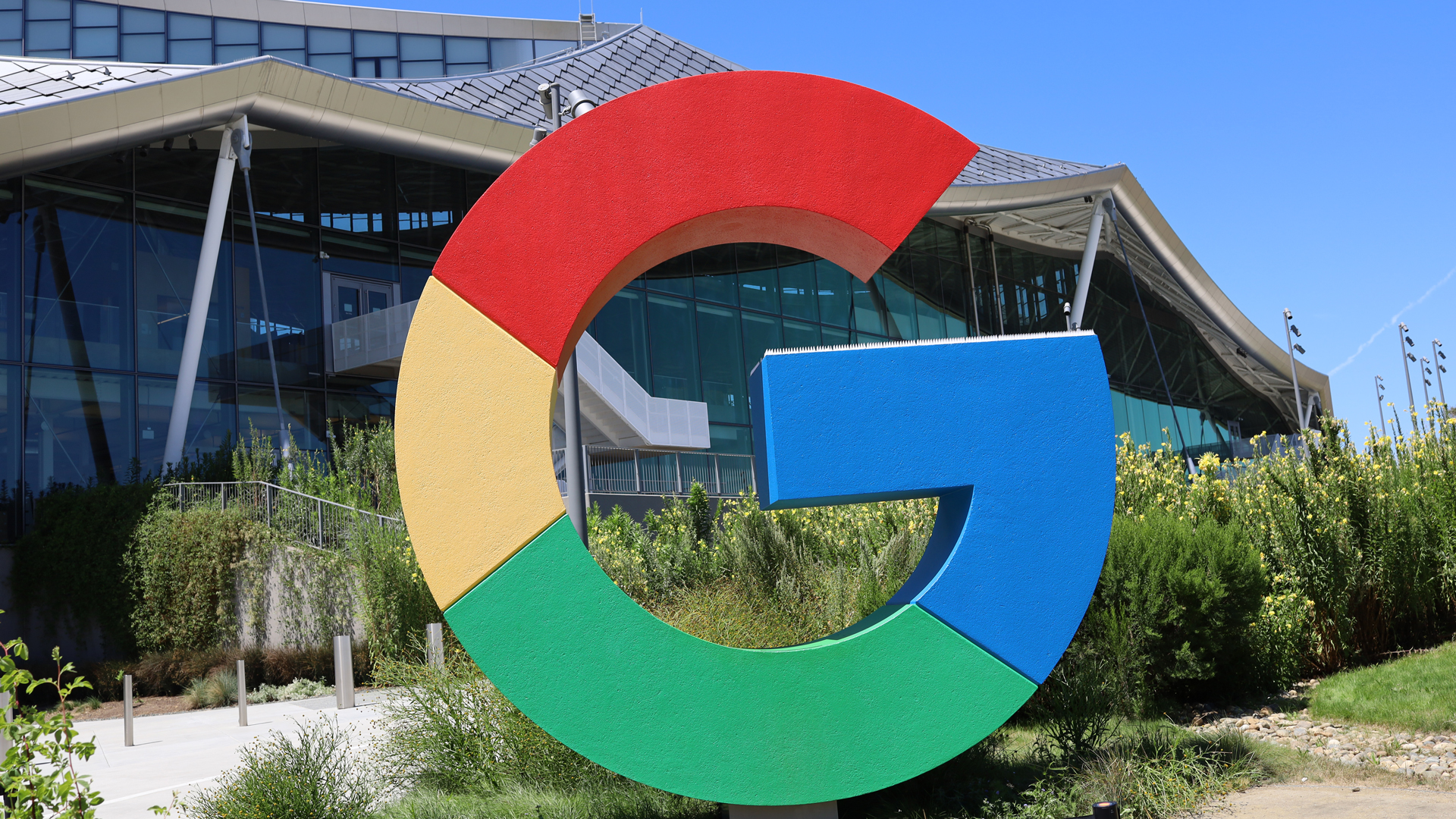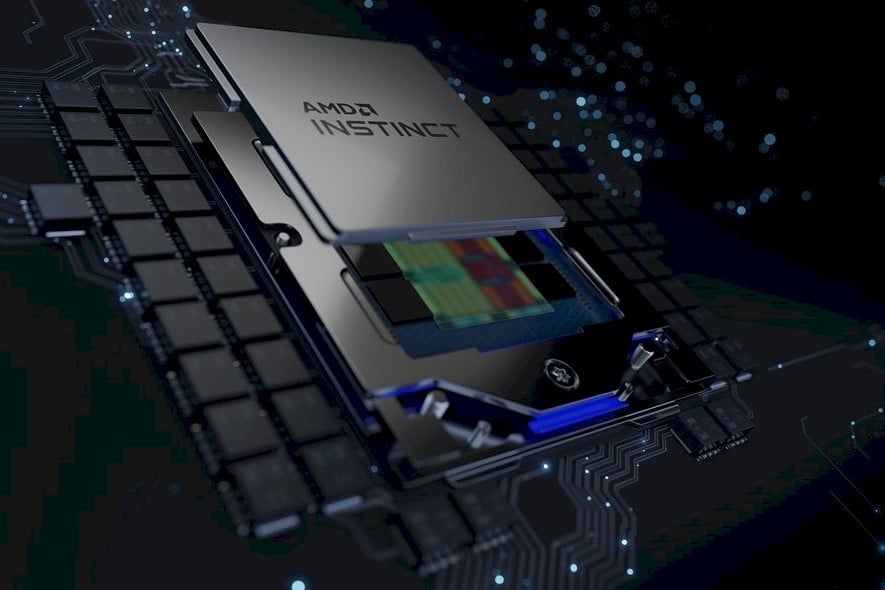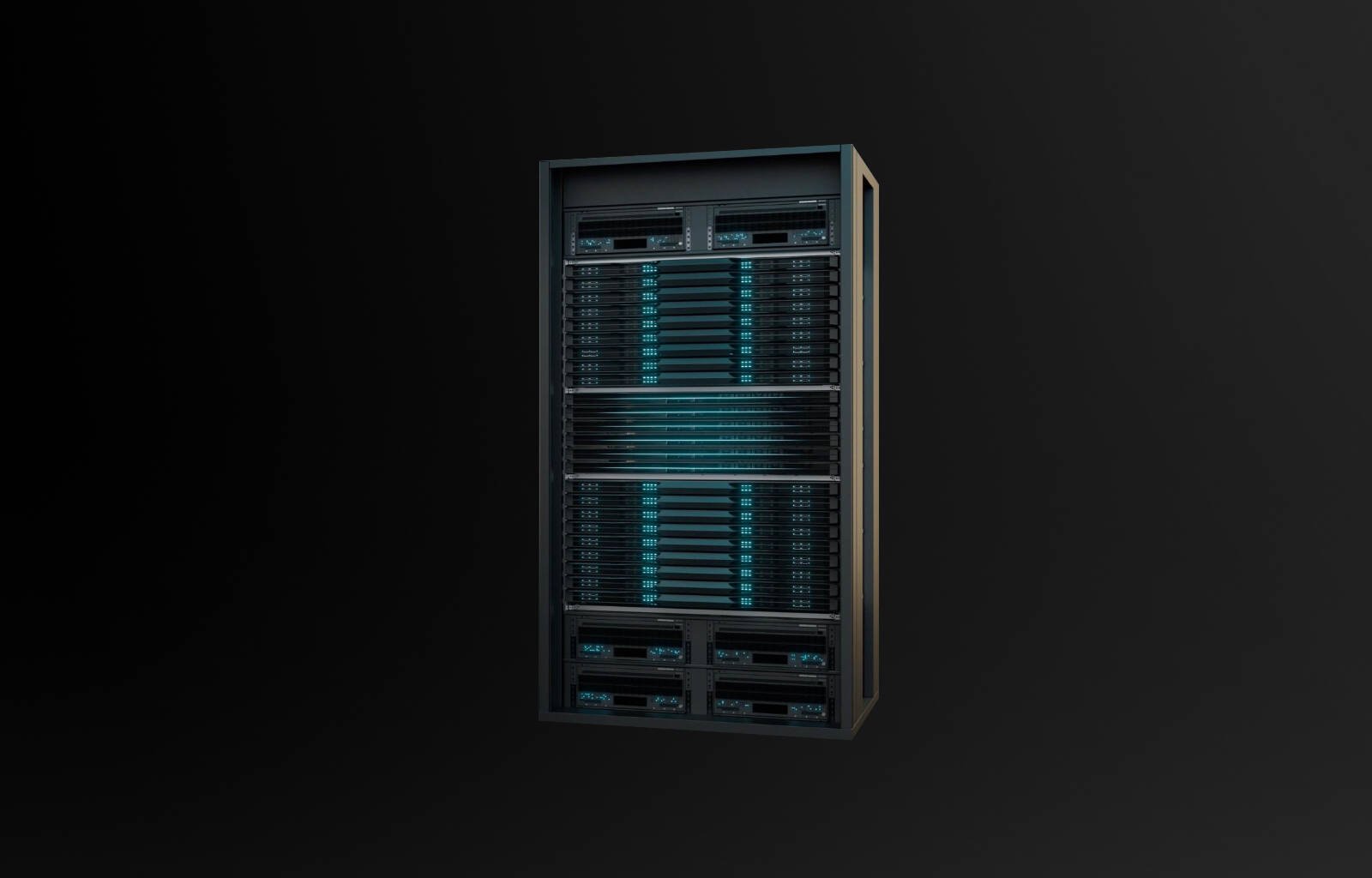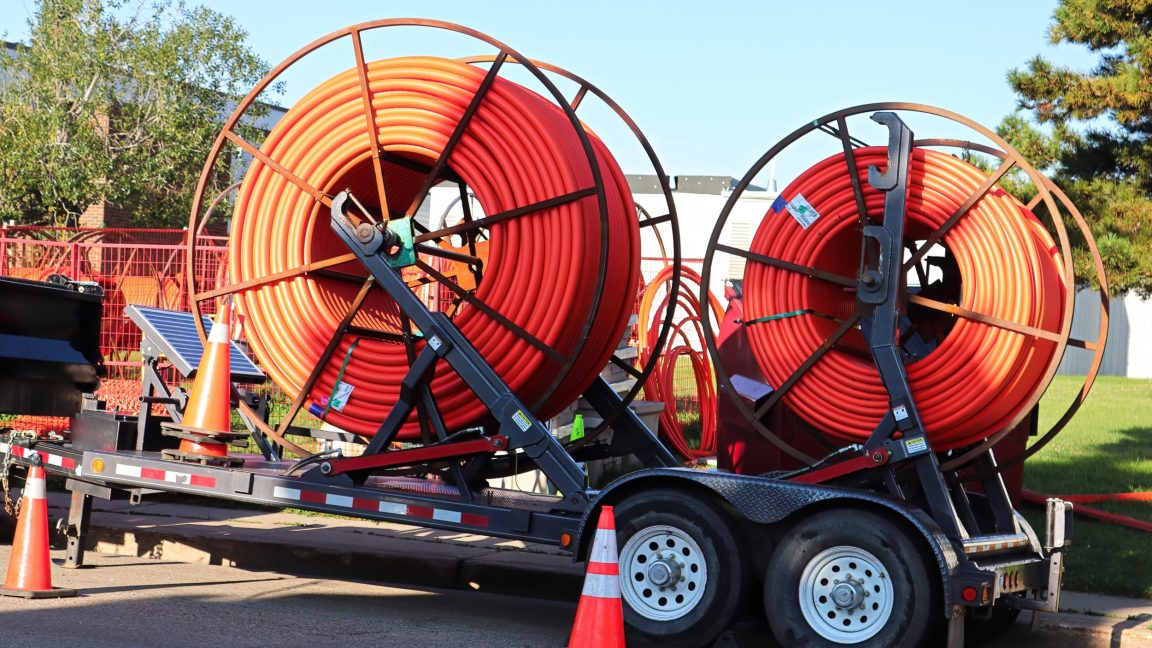AI is helping blue-collar workers do more with less as labor shortages are projected to worsen
Office workers aren’t the only ones incorporating AI tools into their daily routines.

There are an estimated 180 million utility poles currently in operation in the U.S., and every so often, they need to be inspected. Historically, crews of specialized workers would go from pole to pole, climbing to the top and evaluating the integrity of the structure, regardless of whether or not the pole had a known problem. Today with AI, sensors, and drones, teams can detect the state of this critical infrastructure without physically being there, sending a worker on site only when there’s an issue that needs to be addressed. What’s more, the data made possible by these remote monitoring systems means workers are more informed and prepared for the job when they are deployed to a pole.
“There’s a lot of diagnostic time to figure out what’s going on, but now imagine that you just show up on a site with the information. So you’re sending somebody to the right spot when there’s an actual issue, and then they’re much more likely to have the right part, or the right truck, or the right materials they need in that moment,” said Alex Hawkinson, CEO of BrightAI, a company using AI solutions to address worker challenges in the energy sector and other blue-collar industries including HVAC, water pipeline, construction, manufacturing, pest control, and field service.
It’s just one example of how AI-enabled technologies are increasingly helping workers in blue-collar industries do their jobs, saving them time and energy, and reducing their exposure to risky situations (like having to climb to the top of utility poles). The new wave of AI is also allowing workers across these fields to get more out of the technologies they’ve already been using and data they’ve been collecting. AI’s long-term impact on jobs is an increasingly important topic of debate, as analysts and economists look for clues by examining hiring practices at different companies. But in many of these blue-collar fields that are currently struggling with labor shortages, AI is a welcome helper.
Labor shortages drive blue-collar appetite for automation
Blue-collar industries that require specialized trade skills are some of the most labor-squeezed parts of the workforce, particularly as aging workers who were trained for them years ago start to retire. Between 30% and 50% of water pipeline workers are expected to retire in the next decade, for example, and there aren’t enough younger workers entering the field to replace them. It’s a similar situation in farming: The average age of the U.S. farmer is 58.1 years old, and there are four times as many farmers who are 65 or older than those younger than 35, according to the 2022 U.S. Census of Agriculture. Farming also has to deal with the seasonality of its labor needs, which sway dramatically throughout the year.
“Another big misconception is that autonomy is about labor replacement,” said Willy Pell, CEO of John Deere subsidiary Blue River Technology, regarding AI in the farming industry. “In many cases, it just isn’t there to begin with. So it’s not replacing anything—it’s giving them labor.”
Whether it’s a utility worker inspecting a pole or a farmer harvesting crops, doing more with less time is paramount when there aren’t enough people to get the work done.
“One of the biggest things is that farmers never have enough time. When we can give them their time back, it makes their lives meaningfully better. They get to spend more time with their family. They get to spend more time running the higher-leverage parts of their business, the higher-value parts of their business, and they have less stress,” said Pell. “There’s an incredible amount of anxiety that comes with not knowing if you can run your business because you’re relying on an extremely sparse, fragile labor force to help you do it. And autonomy helps farmers with this problem.”
Crucially, it’s not just industry leaders who are on board, but workers too. A study on workers’ openness to automation performed by Massachusetts Institute of Technology researchers (and backed by Amazon) found that those without college degrees, or “blue-collar” workers, are more open to automation than those with degrees. According to the study, 27.4% of workers without a college degree said they believe that AI will be beneficial for their job security, compared to 23.7% of workers with a college degree.
AI supercharges the data and technologies workers are already relying on
For many blue-collar workers, the problems they’re facing on the job are increasingly measurable. For example, Blue River Technology has neural networks that integrate directly into field-spraying machines, detecting the crops and weeds in order to spray herbicides only on the weeds. Technologies like sensors and drones have been around for years, but recent progress in AI is allowing them to derive more benefit from these technologies and the data they produce.
“A lot of factories and other industrial environments have had data around for a long time and haven’t necessarily known what to do with it. Now there are new algorithms and new software that’s allowing these companies to be a lot more intelligent with using that data to make work better,” said Ben Armstrong, coauthor of the study on worker attitudes surrounding automation and an MIT researcher who focuses on the relationship between technology and work, especially in American manufacturing.
BrightAI’s Hawkinson echoes this, saying that “a simple sensor reading isn’t enough to give you the pattern that you care about” and that it’s the maturation of AI that’s made the difference. For example, the company has tapped large language models (LLMs) for voice interaction to allow workers to interact with sensor data via wearable devices, which is crucial for workers who need to have their hands free, as is common in the fields BrightAI operates in. Hawkinson said that companies working with BrightAI’s platform are seeing productivity lifts between 20% and 30% within three to six months of getting up and running.
Overall, a lot of the potential benefits hinge on using AI to improve organization and access to the information that’s vital to get these jobs done. Blue River Technology, for example, is tapping LLMs to turn the very complicated information around equipment error codes into a more readable format with easy-to-understand troubleshooting tips.
“In a lot of the companies we’re studying, there are these companies’ specific tools that workers can use to solve problems in their job by either doing a different kind of research or trying to organize information in a new way,” Pell said. “And I think for blue-collar workers who have a lot of knowledge about the particular processes and technologies that they work on, that can be really exciting.”
This story was originally featured on Fortune.com




























